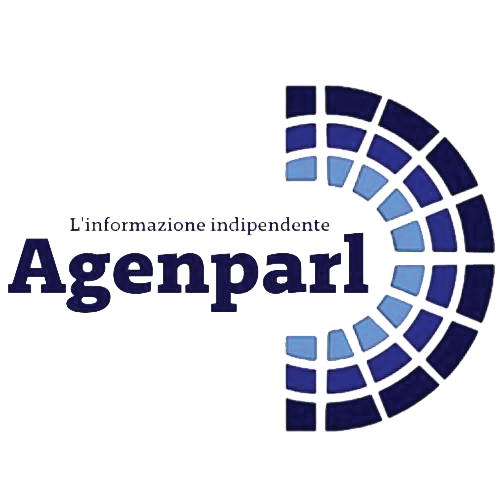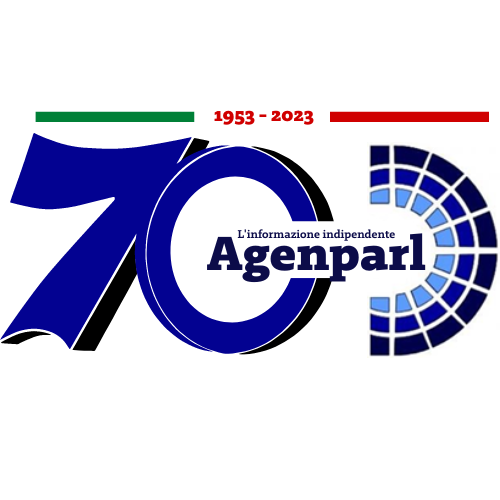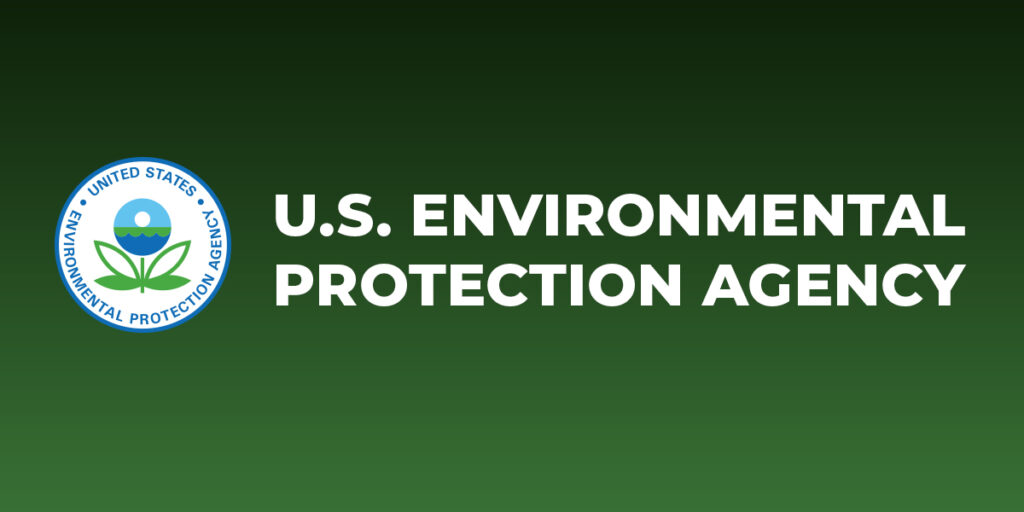 (AGENPARL) - Roma, 29 Settembre 2023
(AGENPARL) - Roma, 29 Settembre 2023(AGENPARL) – ven 29 settembre 2023 Issued: Sep 29, 2023 (8:59am EDT)
If you wish to unsubscribe please do so
here: http://url6130.epa.mediaroom.com/ls/click?upn=-2BroytcZInNRyuFbAvAoN5aMEQDHIx2RtQl0jT-2FwLgZHafJKm-2F7NYrsKNAZH88rhd98aG2o5sSGIX8iVgGgXwOczi8WNFU0a7GLvUAvQ8R0QCtkuTI4WABymYAm345NQtm1Z__mLoYh0p4AWg4foFr5HgrZ1QioQ33bLwdnQ-2BsYGKFX9mApcfdQmv0-2Bvkdf9kq-2BlYjDeZ5bfYr55SzGT52ms6Nll1OOvufe-2Fgo4GxhUs2DaQhgdOf0Z7AAurI4TQNR7h3g0RyKHtymCwZn1LHsMM36dg8XmVxAnkpmA1QmLtr6FZsCpCC8WFeaUkkTDjMBdyu-2FZDhYwuhLVDuCJMWPBQltpGUTulnvG0jgaA-2BOyrxt5vvgheujTnciJPM0qqNptw9k7Yn5Js7z7ZgyVynNMM42nA-3D-3D
EPA Further Extends Comment Period for Proposed Cleanup of Contaminated
Sediment at Quanta Resources Superfund Site in Edgewater, NJ
NEW YORK (Sept. 29, 2023) – The U.S. Environmental Protection Agency (EPA) has
extended the public comment period for its proposed cleanup plan to address
contaminated sediment and surface water at the Quanta Resources Superfund site
in Edgewater, New Jersey to November 6, 2023. The original public comment
period was scheduled to end on October 6, 2023. EPA previously held a public
meeting at the Edgewater Community Center on July 25, 2023, to explain the new
cleanup proposal to the public.
The cleanup outlined in the proposed plan will address the sediment and
surface water contamination in an area of the site called Operable Unit 2
(OU2). Sediment in OU2 is contaminated with polycyclic aromatic hydrocarbons
(PAHs), highly concentrated tar-like material referred to as non-aqueous phase
liquid (NAPL), and arsenic. Under the proposed plan, EPA would oversee work
Demolish the 115 River Road pier structure and remove other pilings and
structures within the contaminated area, to access and remove contaminated
sediment underlying the pier structure.
Remove contaminated sediment to depths ranging from 10 to 30 feet and take it
to a licensed facility off-site for disposal.
Place a cap over less contaminated areas of the river bottom to lock in
residual contamination.
Establish “institutional” controls such as navigational restrictions,
signs prohibiting swimming, wading, or fishing, and other use restrictions to
protect the cap.
Monitor sediment and surface water long-term to assess the effectiveness of
the cleanup in preventing the migration of contaminants from sediment to
surface water and maintaining the cap as needed.

